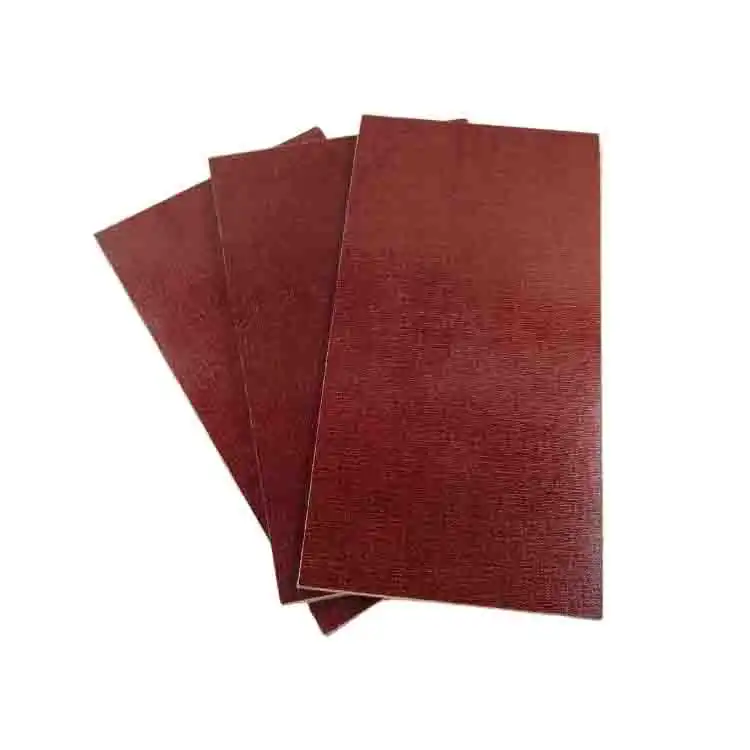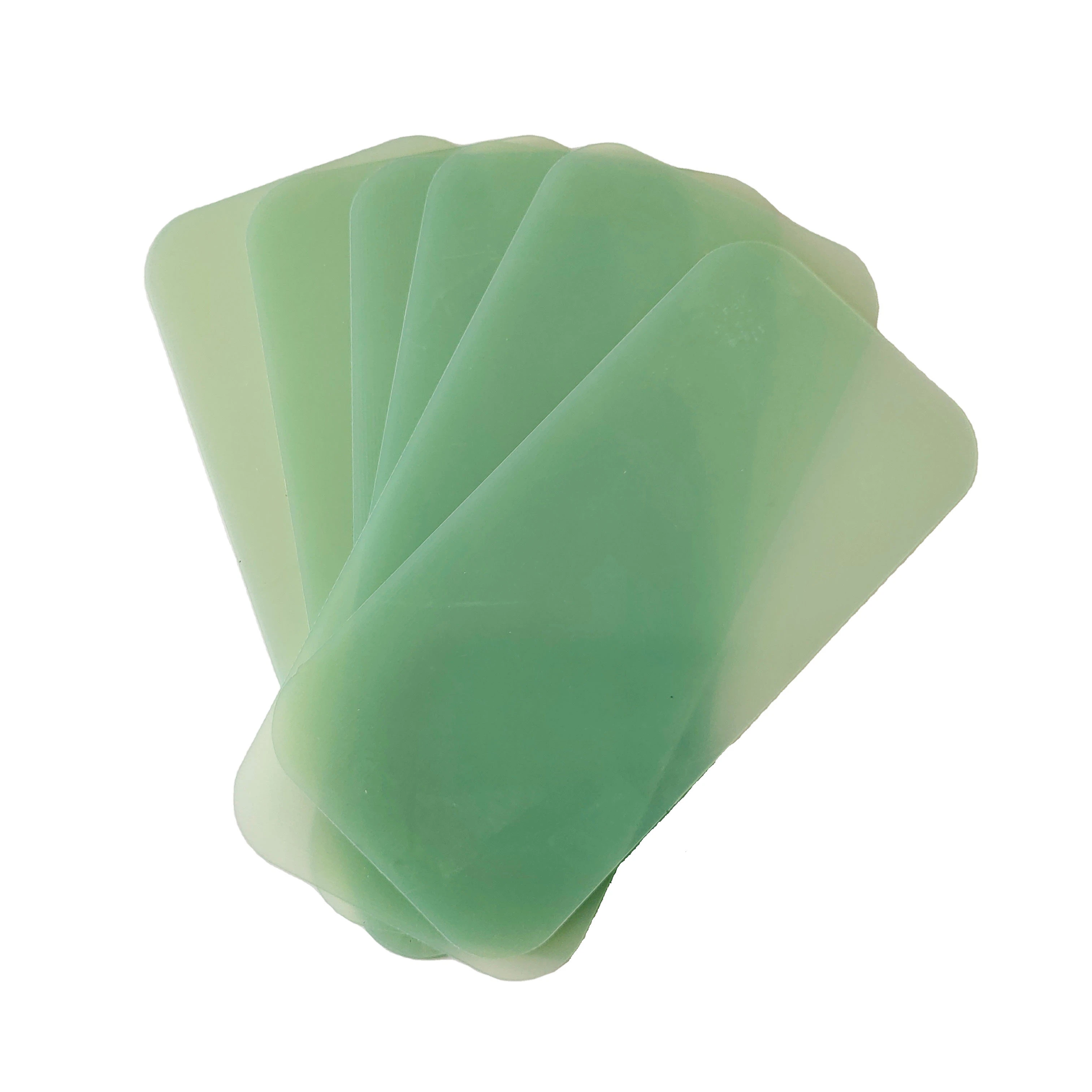Is PP plastic the same as PVC?
2024-10-09 15:41:49
In the world of plastics, two materials that often come up in discussions are PP (polypropylene) and PVC (polyvinyl chloride). While both are versatile and widely used in various applications, they have distinct characteristics that set them apart. This article will delve into the differences between PP plastic and PVC, focusing on their properties, applications, and environmental impact. We'll also explore the advantages of PP plate sheets, polypropylene boards, and PP plastic sheets in various industries.
PP and PVC: Composition and Properties
Chemical Composition
PP, or polypropylene, is a thermoplastic polymer made from propylene monomers. Its chemical formula is (C3H6)n. PP has a simple hydrocarbon structure, which contributes to its unique properties and applications.
PVC, or polyvinyl chloride, is also a thermoplastic polymer, but it's made from vinyl chloride monomers. Its chemical formula is (C2H3Cl)n. The presence of chlorine in PVC's structure gives it different characteristics compared to PP.
Physical Properties
PP plate sheets and polypropylene boards are known for their lightweight nature, high tensile strength, and excellent chemical resistance. They have a higher melting point than many other plastics, making them suitable for applications involving heat.
PVC, on the other hand, is denser than PP and has a lower melting point. It's known for its durability, fire resistance, and electrical insulation properties. PVC can be made flexible or rigid, depending on the additives used during production.
Mechanical Properties
PP plastic sheets exhibit good fatigue resistance and elastic properties. They can withstand repetitive stress without breaking, making them ideal for applications that require flexibility and durability.
PVC is generally stiffer and less flexible than PP, especially in its unplasticized form. However, it has excellent impact resistance and can be engineered to have varying degrees of hardness.
Applications of PP and PVC in Various Industries
PP Applications
PP plate sheets and polypropylene boards find extensive use in industries such as automotive, packaging, and construction. They're often used for making car parts, food containers, and industrial pipes due to their chemical resistance and durability.
In the medical field, PP plastic sheets are favored for their ability to withstand sterilization processes. They're commonly used in laboratory equipment, medical devices, and pharmaceutical packaging.
The textile industry also benefits from PP's properties. It's used in the production of synthetic fabrics, ropes, and carpets, offering strength and moisture resistance.
PVC Applications
PVC is widely used in the construction industry for making pipes, window frames, and flooring. Its durability and resistance to weathering make it an excellent choice for outdoor applications.
In the electrical industry, PVC's insulating properties make it ideal for cable coatings and wire insulation. It's also used in the production of inflatable products, such as pool toys and life jackets.
The healthcare sector utilizes PVC for blood bags, tubing, and medical gloves due to its flexibility and ability to be sterilized.
Comparison in Specific Use Cases
When it comes to food packaging, PP plate sheets are often preferred over PVC due to their higher heat resistance and lower risk of chemical leaching. PP plastic sheets are also more commonly used in automotive interiors due to their lighter weight and better impact resistance.
For outdoor construction applications, PVC generally outperforms PP due to its better weather resistance and fire-retardant properties. However, PP is gaining ground in this area with the development of UV-stabilized and flame-retardant grades.

Environmental Considerations and Sustainability
Recyclability
PP plastic sheets and polypropylene boards are highly recyclable. They can be melted down and reformed multiple times without significant degradation of their properties. This makes PP a more environmentally friendly option in many applications.
PVC recycling is more challenging due to the presence of additives and the potential release of harmful substances during the recycling process. However, advances in recycling technologies are improving PVC's recyclability.
Production and Energy Efficiency
The production of PP plate sheets generally requires less energy compared to PVC production. PP's lower density also means that less material is needed to produce the same volume of products, potentially reducing the overall environmental impact.
PVC production involves the use of chlorine, which has raised environmental concerns. However, modern PVC production methods have significantly reduced emissions and improved energy efficiency.
End-of-Life Considerations
At the end of their life cycle, PP products can be incinerated without releasing harmful chemicals, making them a safer option for energy recovery. PP plastic sheets also biodegrade more readily than PVC, although both materials can persist in the environment for extended periods.
PVC disposal requires more careful management due to the potential release of chlorine-containing compounds. However, when properly handled, PVC can have a long service life, which can offset some of its end-of-life challenges.
Conclusion
In conclusion, while PP and PVC share some similarities as versatile plastics, they have distinct properties that make them suitable for different applications. PP plate sheets, polypropylene boards, and PP plastic sheets offer advantages in terms of weight, chemical resistance, and recyclability, making them increasingly popular in various industries. However, PVC continues to play a crucial role in applications where its unique properties are beneficial.
Contact Us
For more information about our high-quality PP plate sheets, polypropylene boards, and PP plastic sheets, please don't hesitate to contact us at info@jhd-material.com. With over 20 years of experience in producing and selling insulating sheets and a decade of expertise in foreign trading, we're well-equipped to provide you with the perfect solutions for your needs.
References
Thompson, R. C., et al. (2009). "Plastics, the environment and human health: current consensus and future trends." Philosophical Transactions of the Royal Society B: Biological Sciences.
Andrady, A. L., & Neal, M. A. (2009). "Applications and societal benefits of plastics." Philosophical Transactions of the Royal Society B: Biological Sciences.
Geyer, R., Jambeck, J. R., & Law, K. L. (2017). "Production, use, and fate of all plastics ever made." Science Advances.
Lithner, D., Larsson, Å., & Dave, G. (2011). "Environmental and health hazard ranking and assessment of plastic polymers based on chemical composition." Science of The Total Environment.
Ragaert, K., Delva, L., & Van Geem, K. (2017). "Mechanical and chemical recycling of solid plastic waste." Waste Management.
Hopewell, J., Dvorak, R., & Kosior, E. (2009). "Plastics recycling: challenges and opportunities." Philosophical Transactions of the Royal Society B: Biological Sciences.







